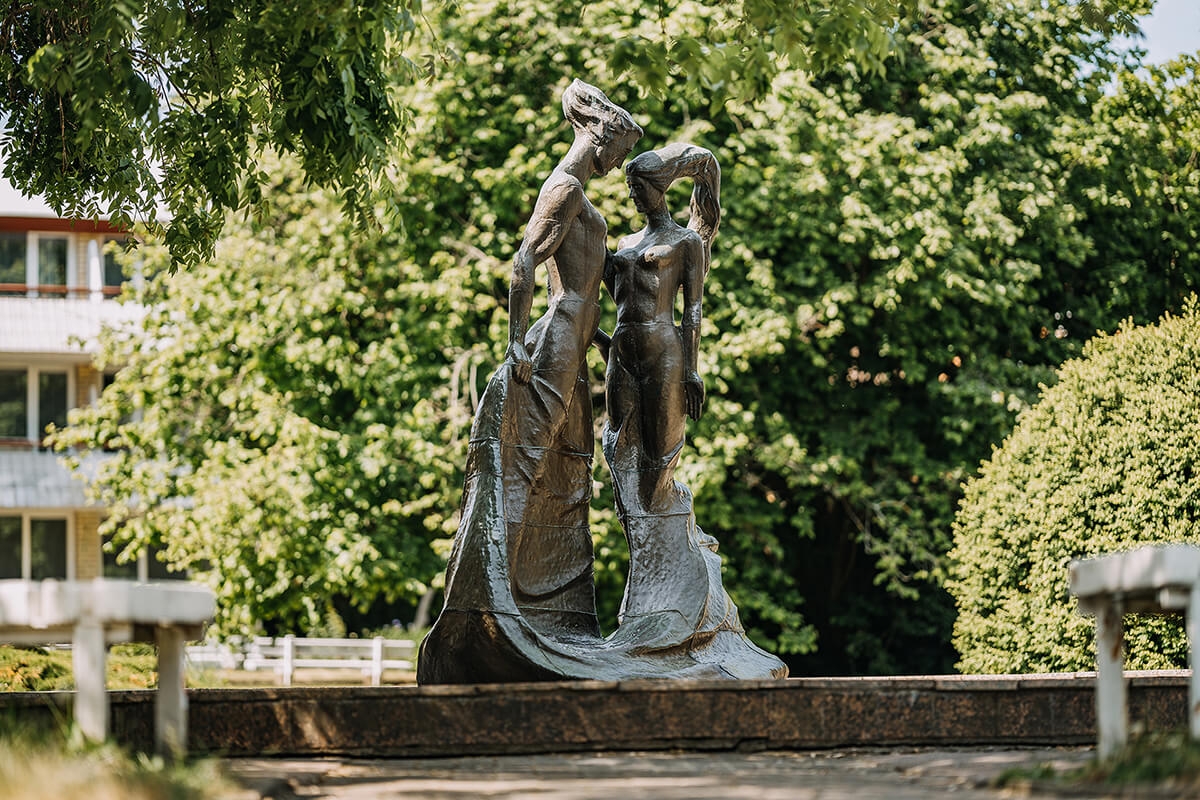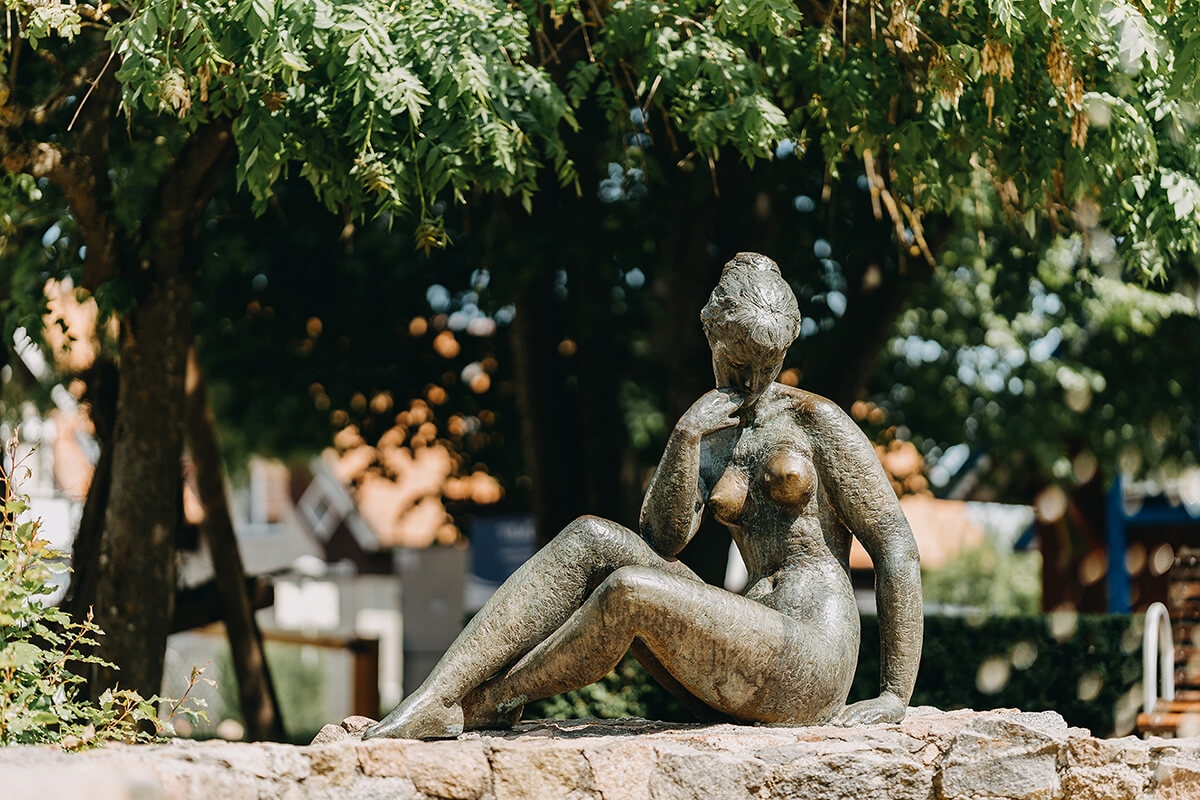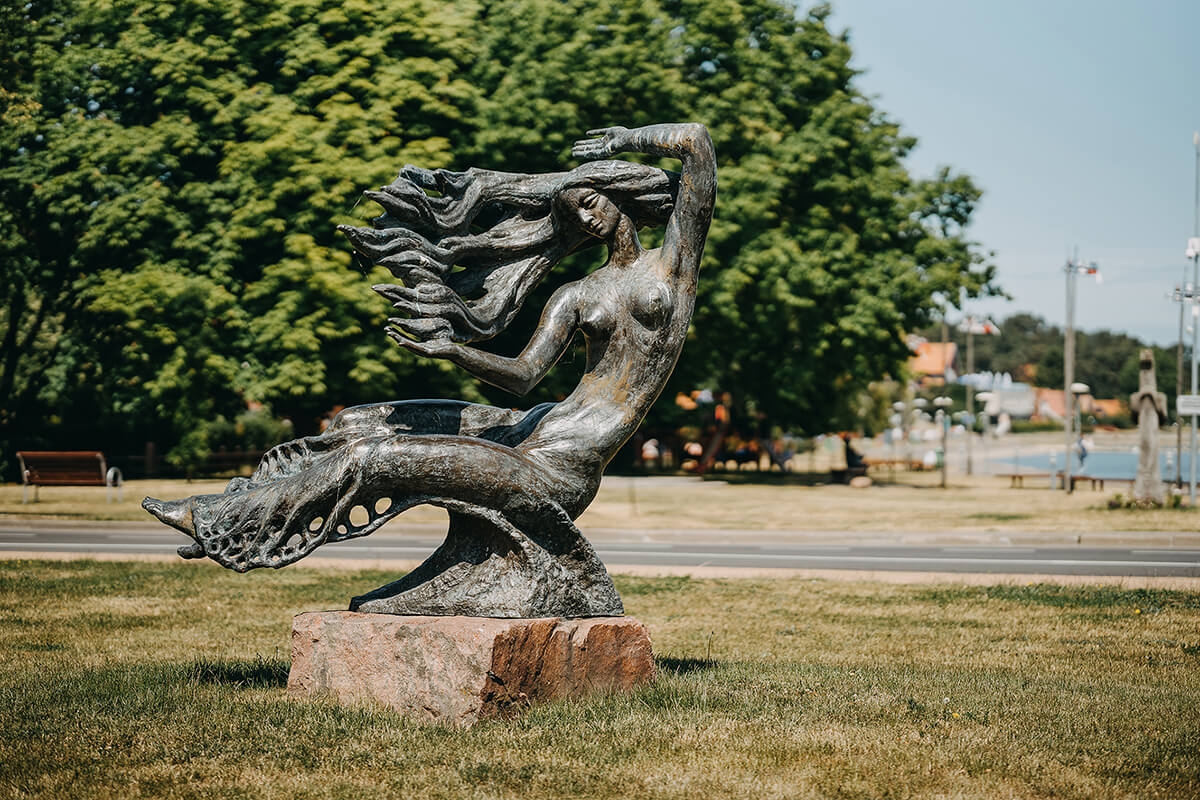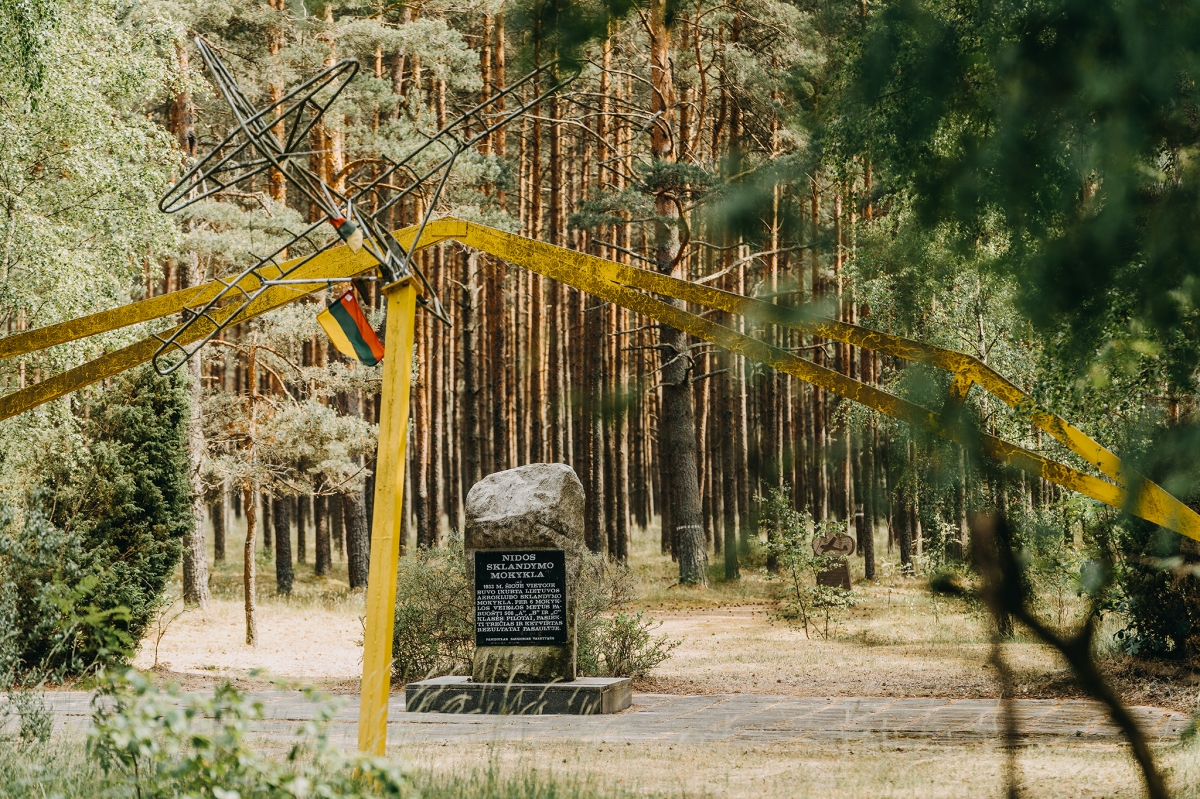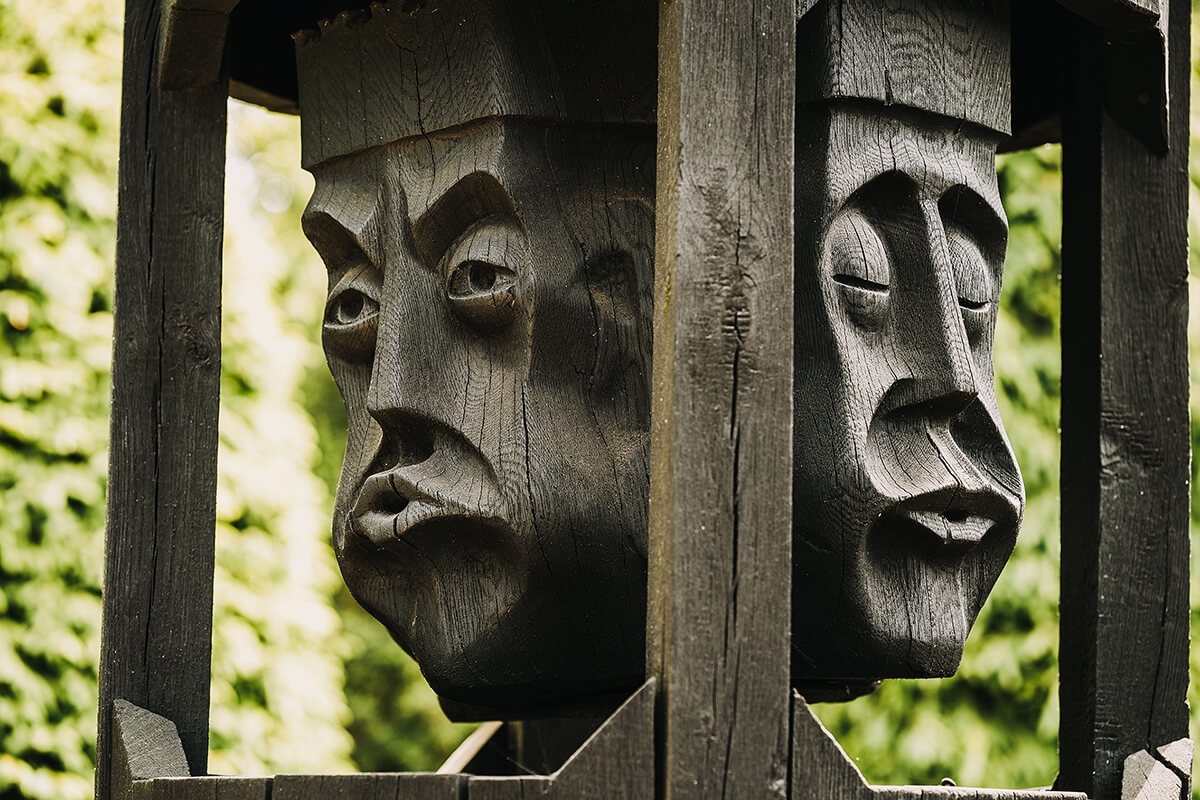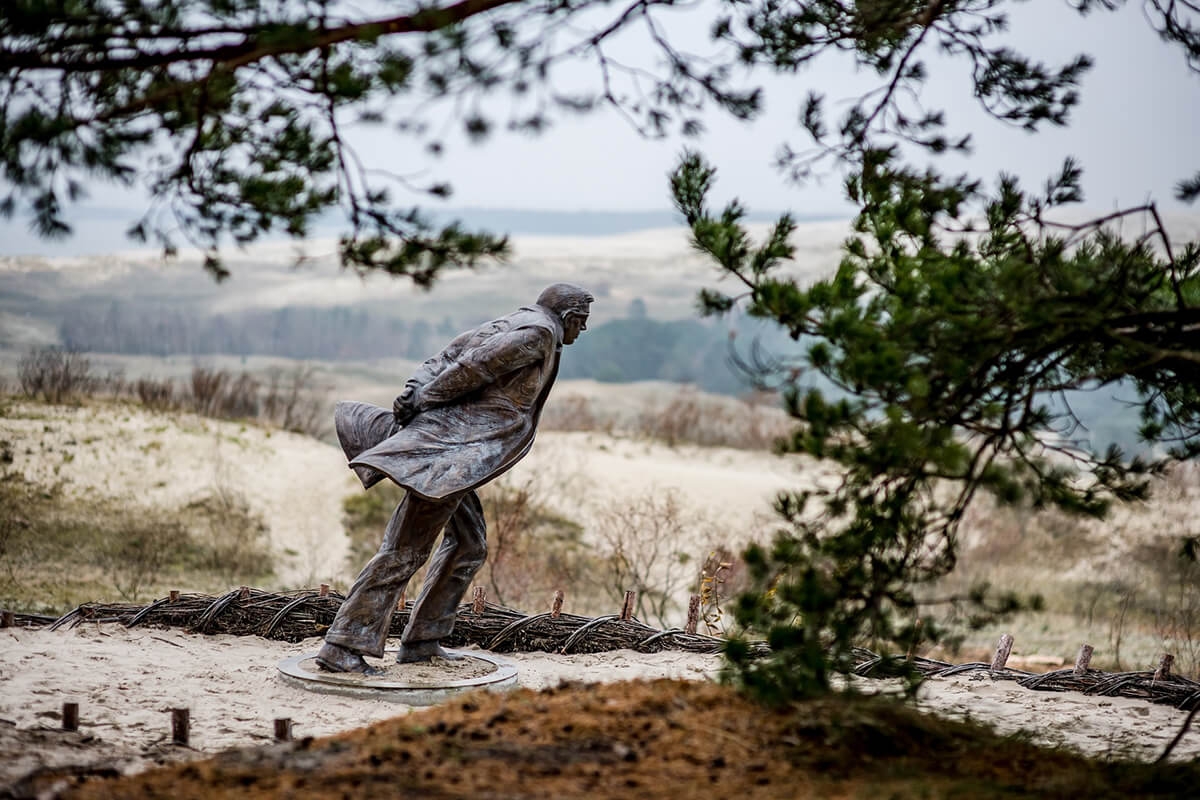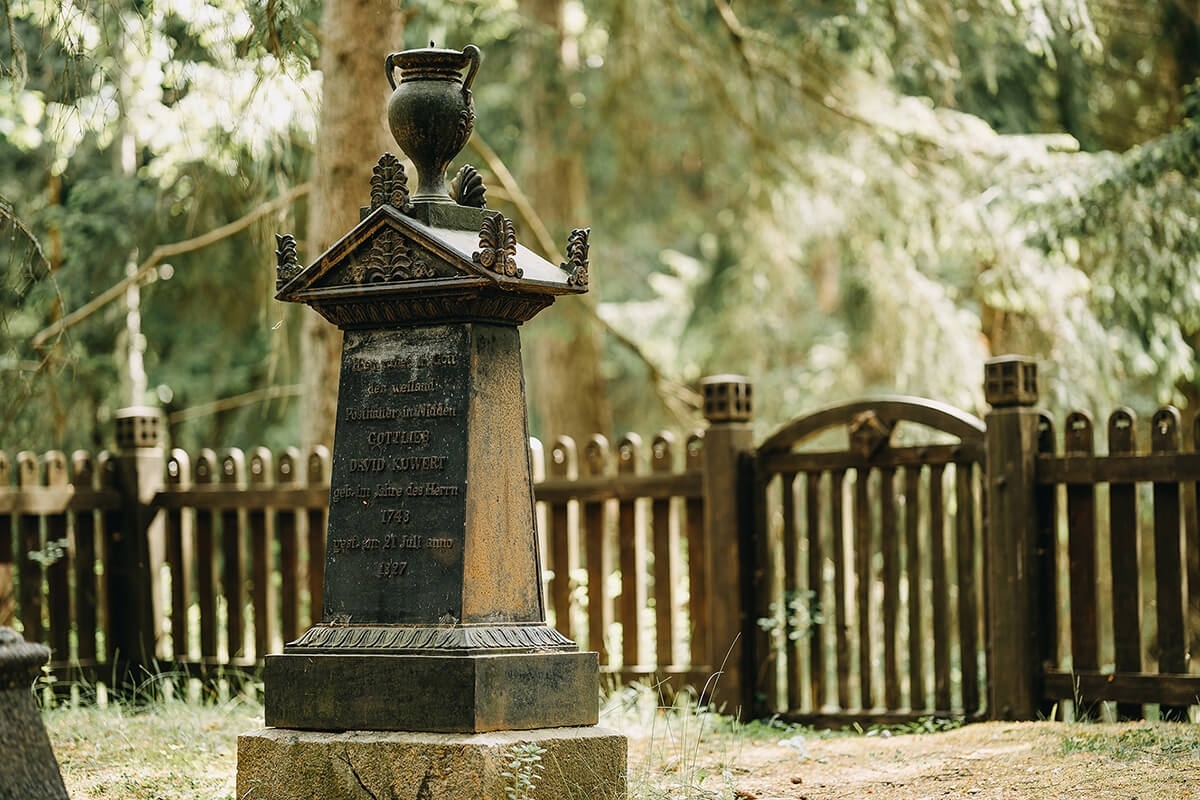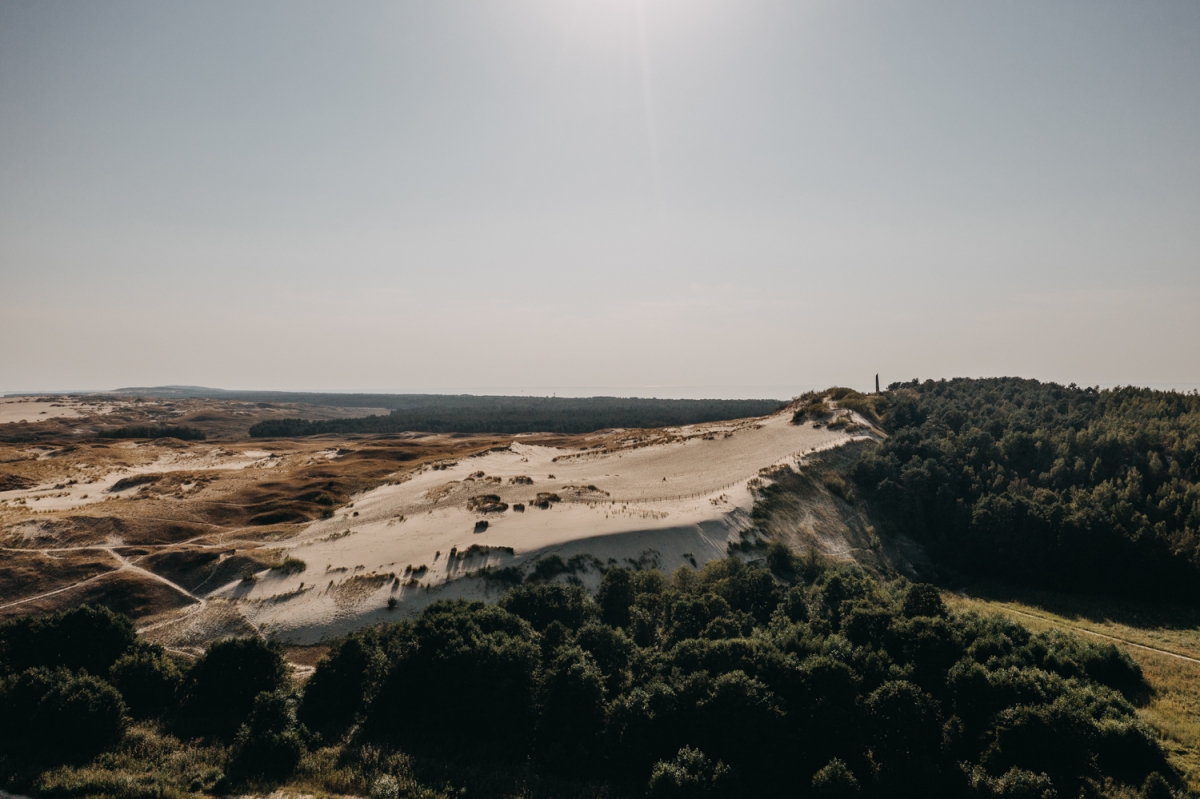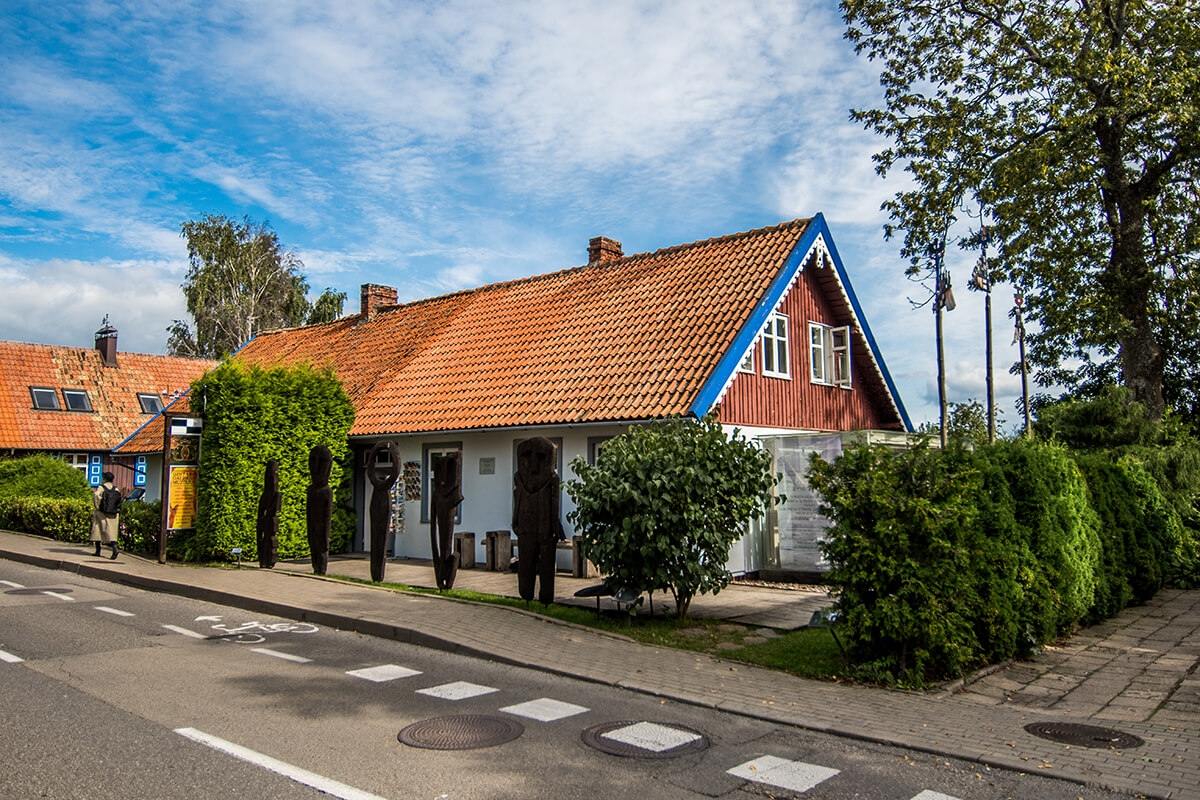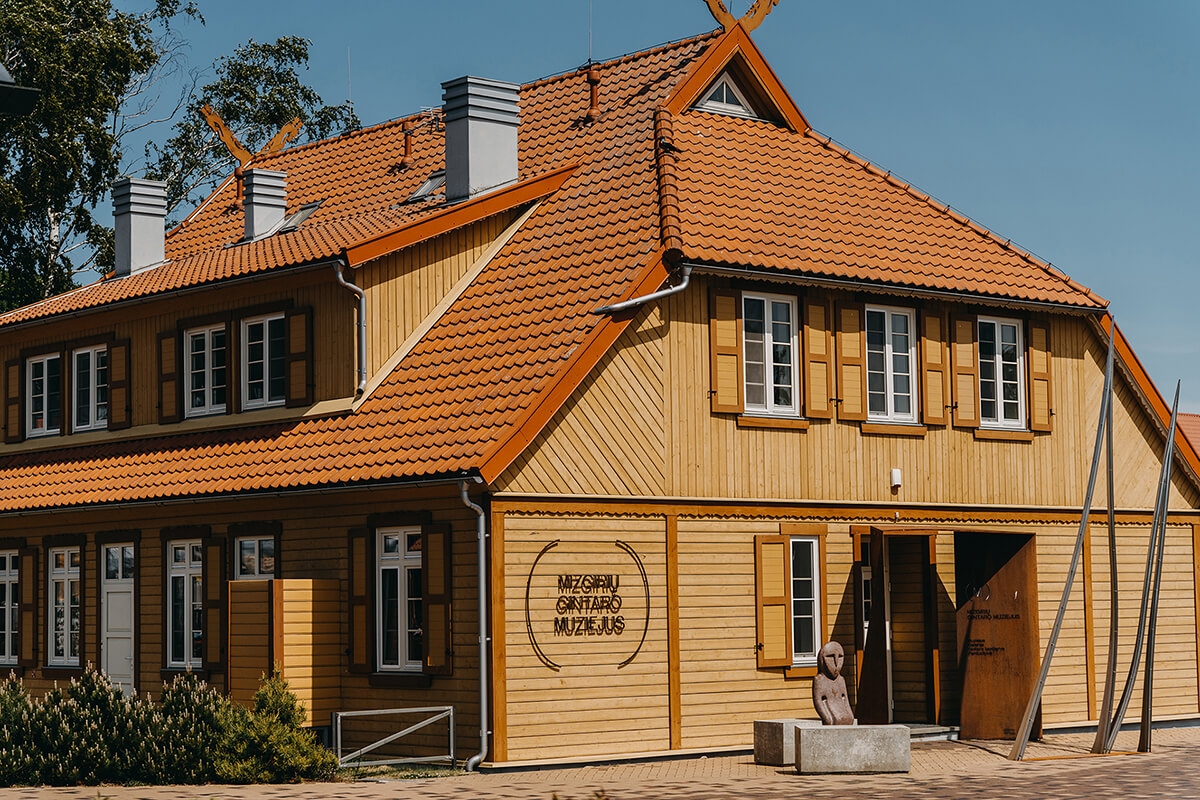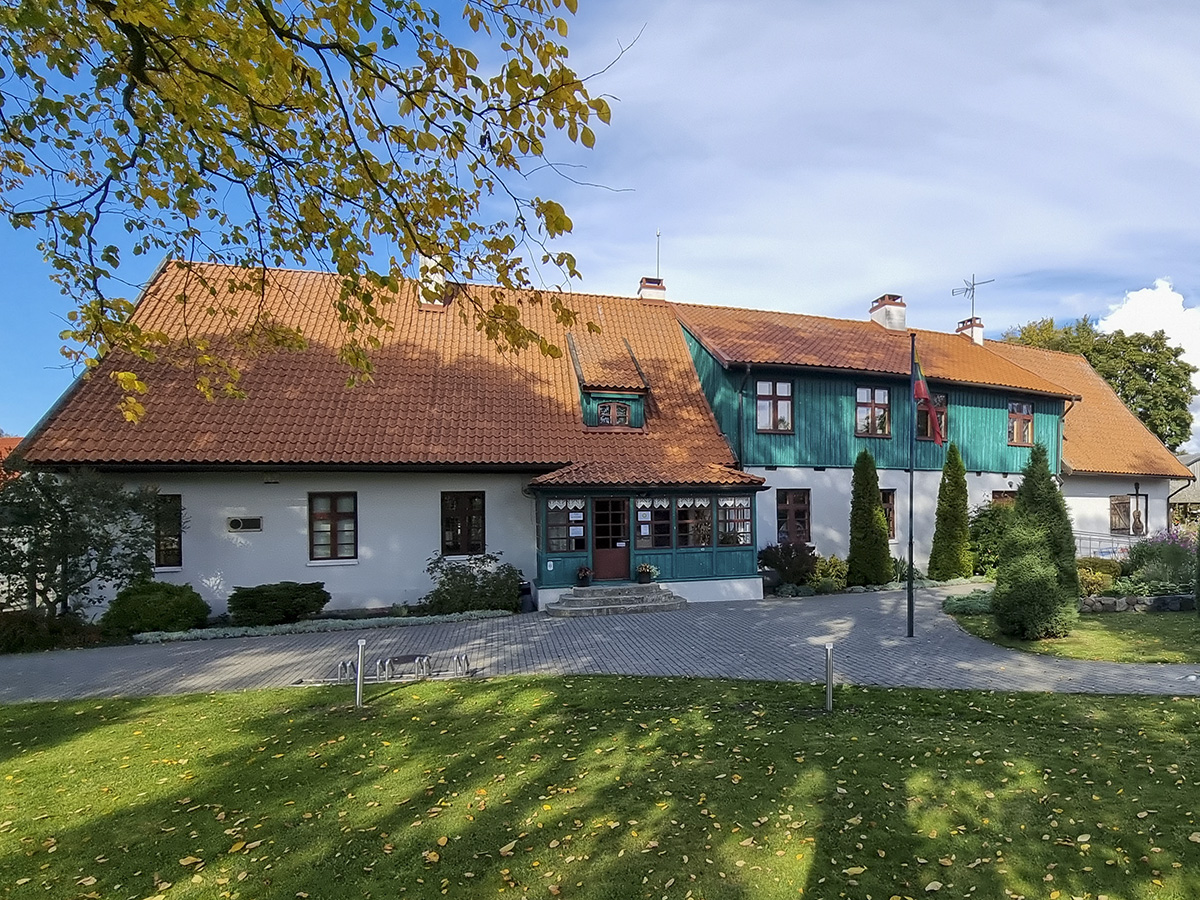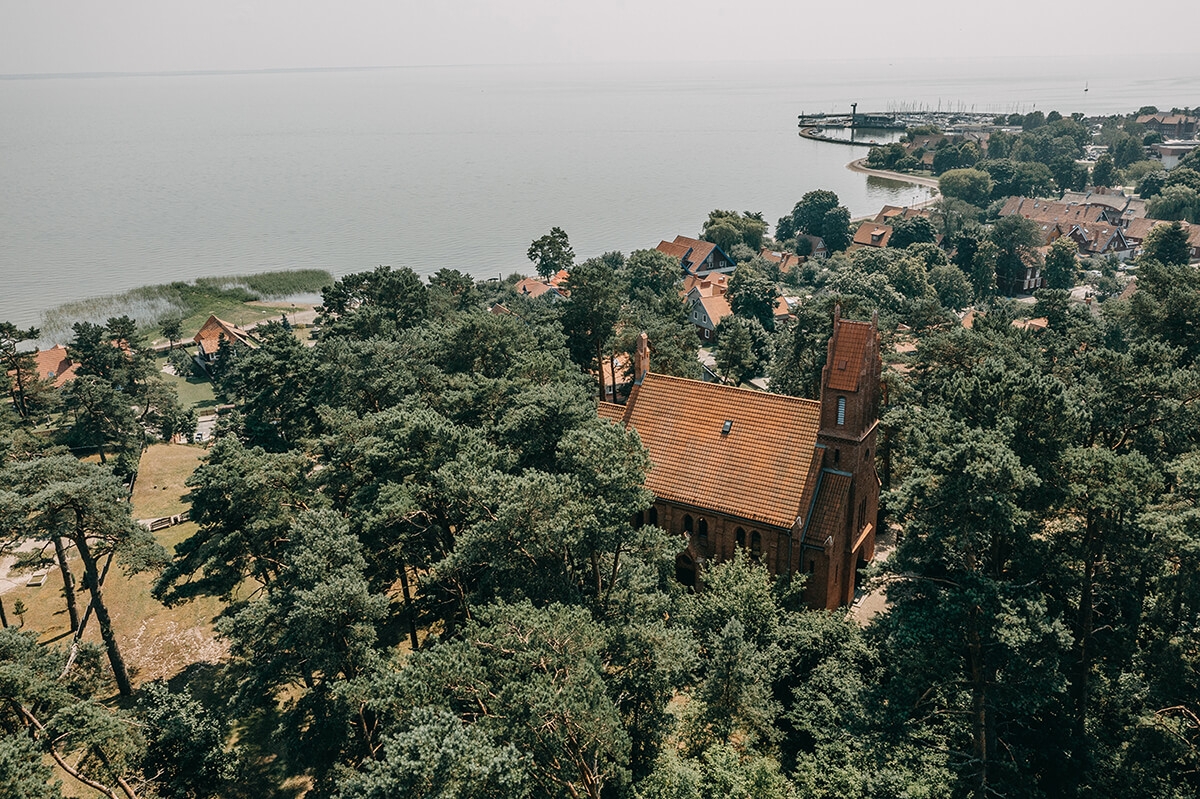Nida Evangelical Lutheran Church

169

0

1
0 out of 5
(0 reviews)
The Evangelical Lutheran Church in Nida was consecrated on October 10, 1888. The construction of this Gothic-style building was overseen by then-pastor Gustav Echternach, who had raised a fund of 30,000 marks.
Info
-

Religious Heritage
-
Nida
-
The Evangelical Lutheran Church in Nida was consecrated on October 10, 1888. The construction of this Gothic-style building was overseen by then-pastor Gustav Echternach, who had raised a fund of 30,000 marks.
The wooden ceilings, side altars, and stained glass windows created the impression of a cozy, quiet village church. Above the main entrance, there were two candle chandeliers, a gift from the Kaiser’s wife Auguste Viktoria (today, the church features exact replicas made based on the original post-war design). The artist Ernst Mollenhauer enhanced the
interior with his painting "Christ Reaching Out to Apostle Peter, Afraid of Sinking." During services and weddings, the sounds of the two-manual, 24-register organ from the Königsberg-based "Gebauer" company filled the church, and two bells called the faithful to worship.
Despite the ravages of the post-war years, the beautiful red-brick church in Nida has survived to this day. From 1966 to 1988, the building housed the Curonian Spit History Museum. In 1984, an organ was installed.
Since the end of 1988, services have once again been held in the church.
Found a mistake?
Report
Whats new?
Nearby attractions
Nearest museums

 Entertainment
Entertainment
 Food establishments
Food establishments





























 55.309271, 21.006953
55.309271, 21.006953
 Get directions
Get directions








